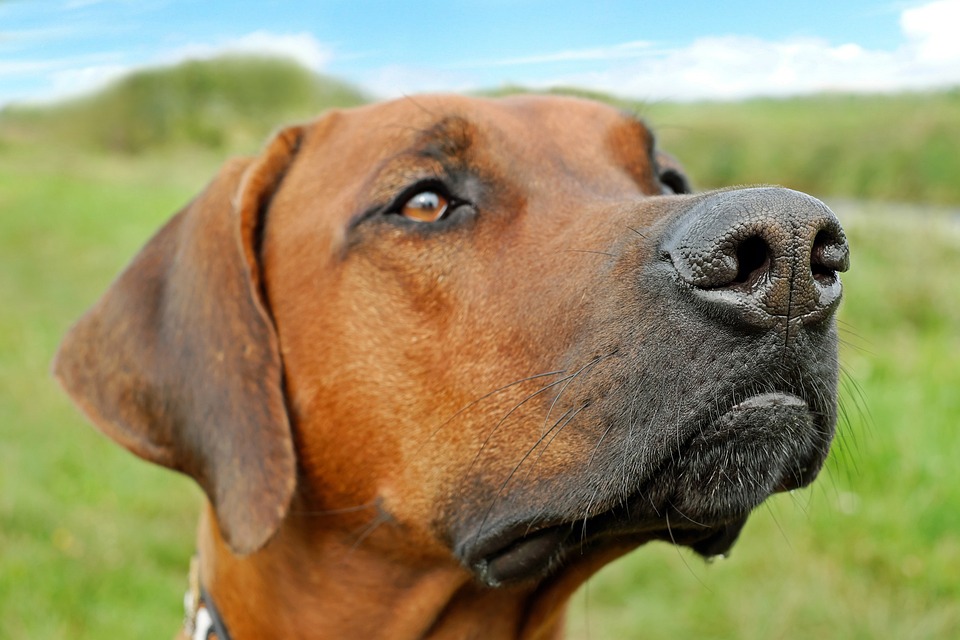Creating a secure and escape-proof outdoor space for your dog is crucial for their safety and your peace of mind. Dogs need an area where they can freely roam, play, and exercise without the risk of escaping or encountering potential dangers. In this article, we will guide you through the process of creating a secure and escape-proof outdoor space for your beloved canine companion.
The first step in creating a secure outdoor space is selecting the appropriate fencing. When choosing the right fencing, consider factors such as height, material, and the addition of underground barriers. The fence should be high enough to prevent your dog from jumping over it. The height will depend on your dog’s size and breed, but generally, a fence with a height of at least 4 to 6 feet should suffice. Opt for sturdy and durable materials like chain-link, wood, or vinyl, and avoid using materials like chicken wire that dogs can easily chew through or squeeze between. Consider installing an underground barrier or extending the fence below ground level to prevent digging escapes. These barriers can be made of concrete, chicken wire, or specialized pet-proof materials.
No matter how secure your fence is, if the gate or entrance is not properly secured, it can become an escape route for your dog. Ensure your gates are secure by using a self-locking latch or a padlock to prevent your dog from nudging or opening the gate. Make sure the gate is as high as the fence and has no gaps or openings that your dog can squeeze through. Regularly inspect and maintain hinges and springs to ensure they are in good working condition. Replace any damaged or worn-out parts promptly.
Dogs have a natural instinct to dig, and if left unchecked, they may dig under the fence and escape. To prevent digging escapes, dig a trench along the perimeter of the fence and bury wire mesh or chicken wire. Extend it vertically to make it difficult for your dog to dig through. Additionally, create a designated digging area within the enclosed space, such as a sandbox filled with loose soil or sand. Encourage your dog to dig there by burying toys or treats.
To ensure your dog’s safety, it is crucial to remove any potential hazards within the outdoor space. Identify and remove any toxic plants from your dog’s reach. Common toxic plants include lilies, azaleas, and certain types of mushrooms. Store all chemicals, pesticides, and fertilizers in secure, sealed containers out of your dog’s reach. Avoid using harmful chemicals in the outdoor space where your dog spends time.
If you have a small yard or limited space, you can still create a secure outdoor area for your dog. You can use portable fencing or create a designated area using panels or gates. Remember to provide enough space for your dog to move around comfortably.
If your dog is an excellent escape artist, consider installing an electric fence or invisible fence system in addition to physical barriers. These systems use a collar that emits a mild electric shock or sound when your dog gets too close to the boundary.
To protect the fence from damage caused by chewing, you can apply bitter-tasting sprays or use PVC pipe covers on vulnerable areas. Regularly provide appropriate chew toys to divert your dog’s attention away from the fence.
By following these guidelines and taking the necessary precautions, you can create a secure and escape-proof outdoor space that allows your dog to enjoy the outdoors safely. Remember, regular inspections and maintenance are essential to ensure the continued security of the space. Enjoy the peace of mind knowing that your furry friend is safe and happy in their outdoor haven.









